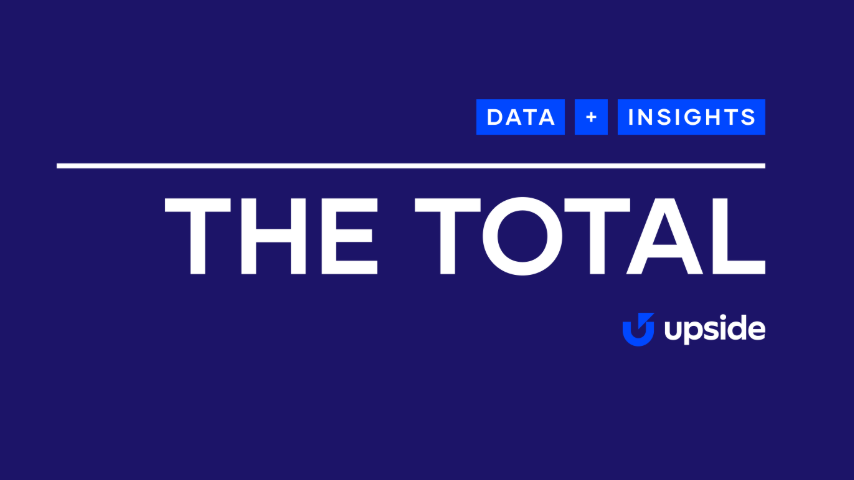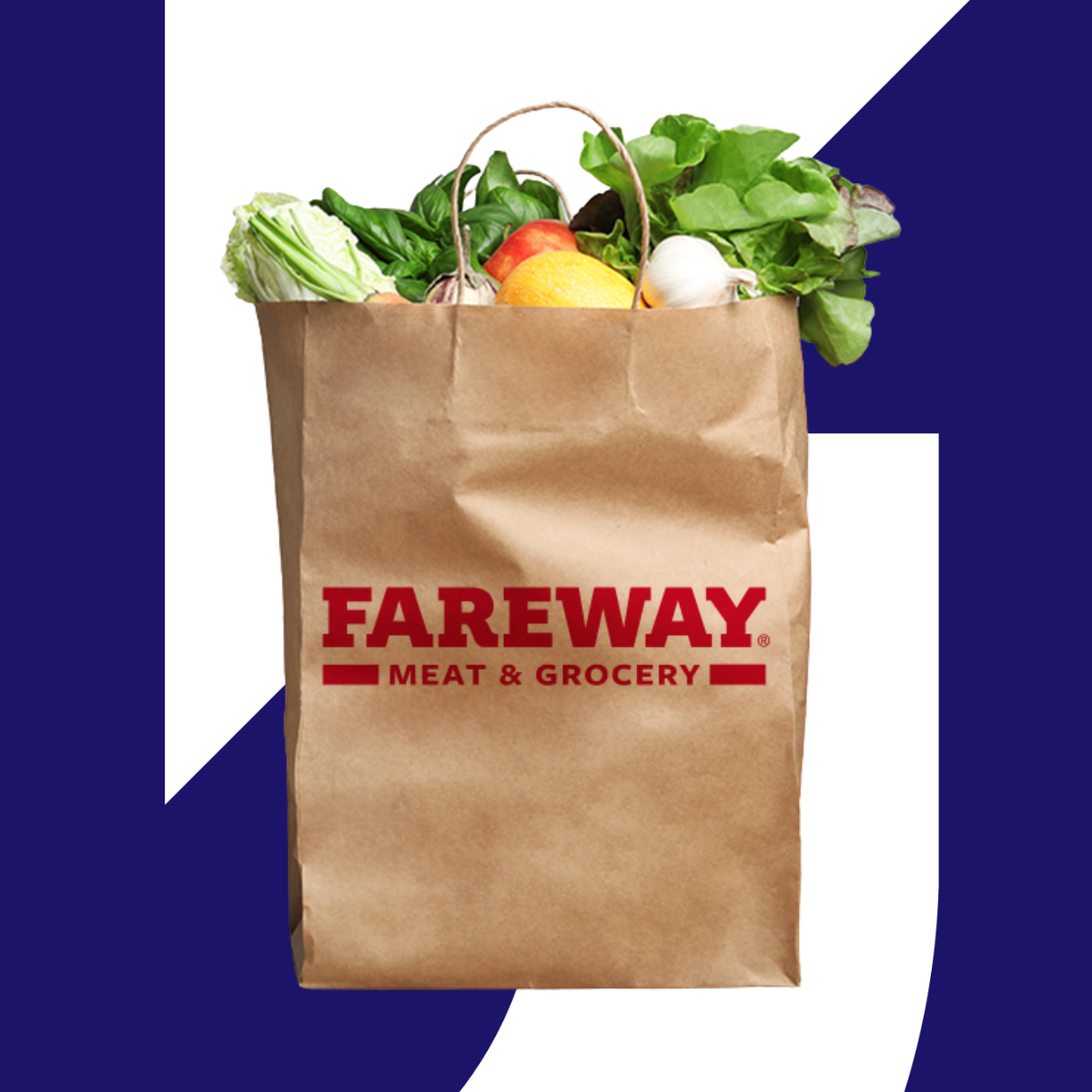How to attract customers to your store: Fostering retail space success

The Upside Team
Every day, potential customers drive past your location to shop at competitors. Understanding how to capture that business can make the difference between stores that grow and those that struggle. The difference between stores that grow and stores that struggle isn't location or luck — it's understanding how to attract customers to your store and giving them reasons to keep coming back.
Identifying your target audience and conducting market research
Your best customers aren't necessarily the ones walking through your doors right now. The real opportunity lies in understanding who's shopping at nearby competitors and what it would take to get them to try your store instead. Market research shows which customers are worth targeting and which marketing channels drive foot traffic rather than just impressions.
Transaction patterns show how a cash-back app for groceries can change where people shop rather than just reward their existing habits.
Analyzing local market demographics and competition
Visit your competitors to understand what attracts customers to their locations instead of yours. Observe what they do well, what creates friction for customers, and where they might be vulnerable to competitive offers. This firsthand intelligence helps identify specific advantages you can leverage and gaps you can fill.
The best intelligence comes from understanding actual shoppers. Watch which products sell out and which collect dust. See how long customers wait for help and whether staff know their products.
Understanding your local market demographics helps identify customer spending patterns and peak shopping times. Drive around at different times and days to see traffic patterns. If the parking lot next door is always full while yours sits empty, you need to understand what they're doing differently.
Using customer surveys and feedback to refine your approach
Ask customers why they came to your store today instead of elsewhere. Retailers may not usually ask this question, but it tells you exactly what's working and what isn't:
- Direct conversations beat formal surveys: Skip the QR codes and email follow-ups. Understand why your customers are spending more with you than with competitors. You'll learn more in five real conversations than from a hundred survey responses.
- Listen to what customers tell each other: Pay attention to comments customers make to friends, not just what they tell you directly.
- Track requests for products you don't carry: When customers keep asking for items you don't stock, you're missing revenue opportunities that competitors might be capturing.
Attribution data shows which ideas to bring customers into your store, driving incremental business versus just subsidizing purchases happening anyway.
Marketing methods driving foot traffic
Digital marketing for retail stores works when it targets people who are already shopping for what you sell, not just anyone who might be interested. The goal isn't website visits or social media followers — it's getting customers who drive past your store to stop and shop.
Cash-back apps and loyalty programs
Your store's rewards program keeps existing customers happy. Cash-back apps do something different — they pull customers away from competitors with personalized offers that make switching worth their time.
- Store rewards handle retention: Keep current customers coming back with points and exclusive offers, but they don't bring in new business from competitor locations.
- Cash-back apps drive acquisition: Focus on people who currently shop elsewhere with compelling offers that change their shopping patterns.
- Run both simultaneously: Store rewards excel at customer retention, while cash-back partnerships specialize in acquisition from competitors. Both approaches can influence visit frequency among existing customers while serving their distinct primary purposes - one focused on loyalty, the other on market share growth.
Targeting competitor customers
Potential customers often develop shopping patterns based on convenience, habit, or positive experiences at other locations. Successfully expanding your customer base involves understanding these preferences and offering value propositions that encourage customers to try your store alongside or instead of their current options.
Look at which stores near you stay busy and figure out what keeps customers coming back. Is it convenience, selection, pricing, or service? Once you know why people choose them, you can structure offers that give customers compelling reasons to try your store instead.
Attribution methodology and performance measurement
The key to effective marketing is proving you're driving new customers, not just subsidizing existing shoppers. Attribution methodology identifies which customers are truly incremental versus those who would have visited anyway.
- Test-versus-control measurement: Compare customer behavior with and without promotional offers to isolate which revenue you wouldn't have generated otherwise. This eliminates paying for transactions you would have gotten anyway.
- ROI verification through transaction data: Track customer lifetime value and visit frequency changes to ensure promotional costs generate more profit than they consume. Real measurement beats guesswork every time.
Partnership integration with existing marketing efforts
Cash-back partnerships work better when they complement your existing marketing activities instead of competing with it. Make sure personalized offers complement your existing promotions so customers get compelling reasons to visit without cannibalizing your regular sales or impacting profitability.
Exclusivity zones and competitive protection
Your competitors can't use the same tools to steal your customers. When you partner with cash-back platforms, geographic exclusivity means other stores in your area get locked out of targeting the same customers with identical offers.
This prevents the store down the street from immediately copying your customer acquisition strategy and turning your marketing investment into a bidding war where everyone loses except the customers.
Revenue share model mechanics
The most effective cash-back partnerships use profit-share structures that ensure you consistently earn more from new customers than you pay in fees. Look for partners that eliminate the risk of traditional advertising, where costs are fixed regardless of results.
- Pay only for proven incremental business: The best platforms calculate fees based on revenue you wouldn't have generated otherwise, not total customer spending or baseline sales patterns.
- Automatic profit protection: The revenue-share percentage is structured so incremental profit from new customers always exceeds program costs, guaranteeing positive returns on partnership investment.
- Transparent cost structure: Unlike traditional advertising with hidden fees or minimum spends, you know exactly what percentage of incremental revenue goes toward customer acquisition costs.
Performance benchmarking and optimization
You need to know if cash-back partnerships are actually driving incremental business — whether that's new customers, existing customers visiting more frequently, or larger purchases per visit — versus just subsidizing purchases that would have happened anyway. Track which customers are genuinely new versus people who were already shopping at your store regularly.
Good partnerships create repeat customers, not one-time deal hunters who never come back. Make sure you're doing what actually works, not what you think should work.
How to attract customers to your store with Upside partnerships
Nearly 30% of fuel retailers nationwide use Upside because we prove we bring them customers and transactions they wouldn't have gotten otherwise. Our personalized cash-back promotions reach 35 million consumers through the Upside app and partner network, targeting people when they're deciding where to shop, eat, or fuel up.
You only pay when we demonstrate incremental business through our attribution-based measurement methodology that compares each customer's behavior against similar non-Upside users. This ensures you never pay for trips you would have gotten anyway. Our profit-share model protects your margins while geographic exclusivity zones prevent nearby competitors from copying your strategy.
Ready to learn how to attract customers to your store who currently shop at competitors? Our retail partnership team can show you which customers drive past your location and what it takes to get them to stop and shop with you instead.
Frequently asked questions
How do I get people to come to my store?
Getting people to come to your store requires personalized cash-back offers that incentivize a visit to your location. Cash-back partnerships drive qualified foot traffic by using data to match your store with nearby customers willing to change their shopping patterns for compelling offers.
What are the five basic needs of customers?
The five basic needs of customers include value, convenience, quality products, personalized service, and trust in the retailer they choose. Cash-back platforms address these needs by delivering personalized offers that provide immediate value while helping customers discover stores that meet their specific preferences and shopping requirements.
Why is my shop not getting customers?
Your shop has opportunities to reach customers who may not be familiar with what you offer or haven't had a reason to explore alternatives to their current shopping habits. Cash-back partnerships help by introducing your store to consumers who typically shop elsewhere, providing personalized incentives that encourage them to give your business a try, with measurement that ensures you only pay for genuine incremental visits.
Share this article:
The Upside team is made up of data scientists and industry experts who are passionate about delivering empowering content to our readers. With a focus on providing practical insights and meaningful perspectives, we create engaging materials across a wide range of topics. From exploring industry trends and offering expert analysis to sharing useful tips and inspiring ideas, our team works diligently to provide you with the information you need to thrive.
Request a demo
Request a demo of our platform with no obligation. Our team of industry experts will reach out to learn more about your unique business needs.









.png)





